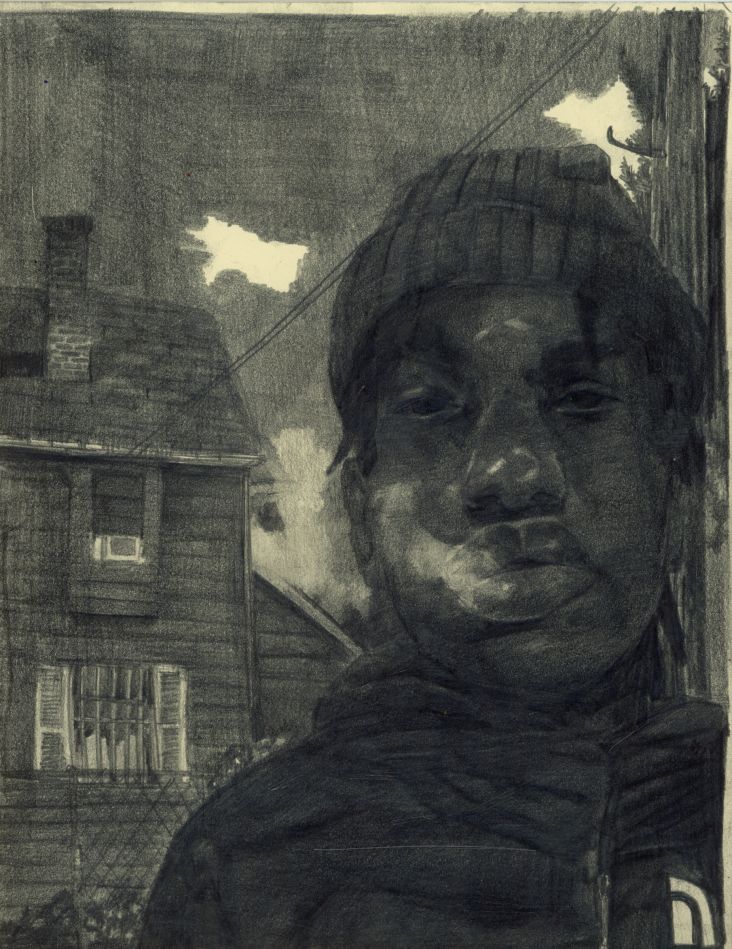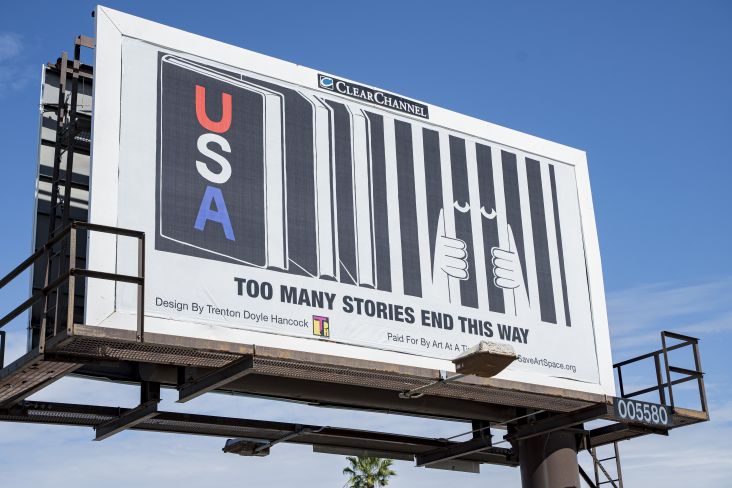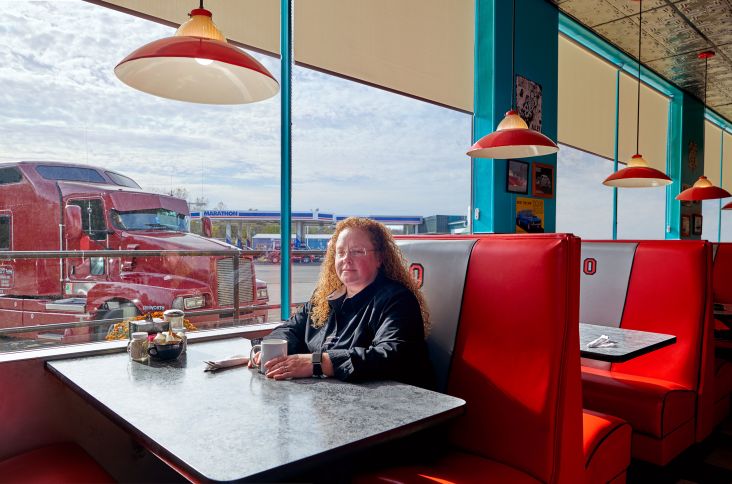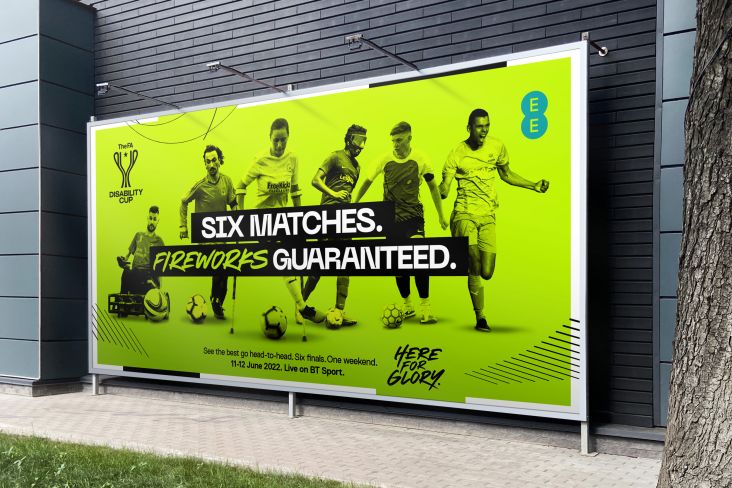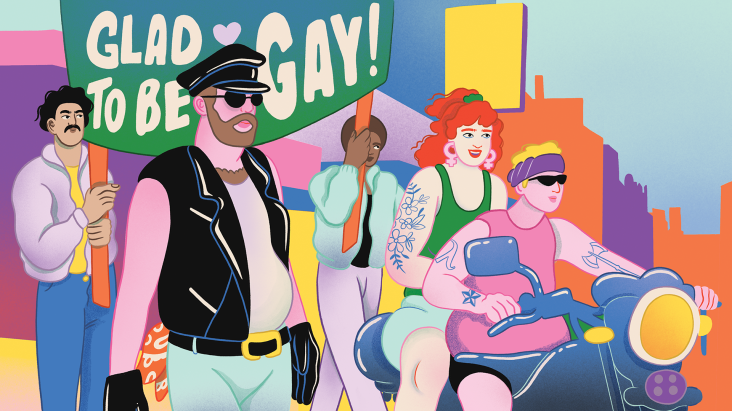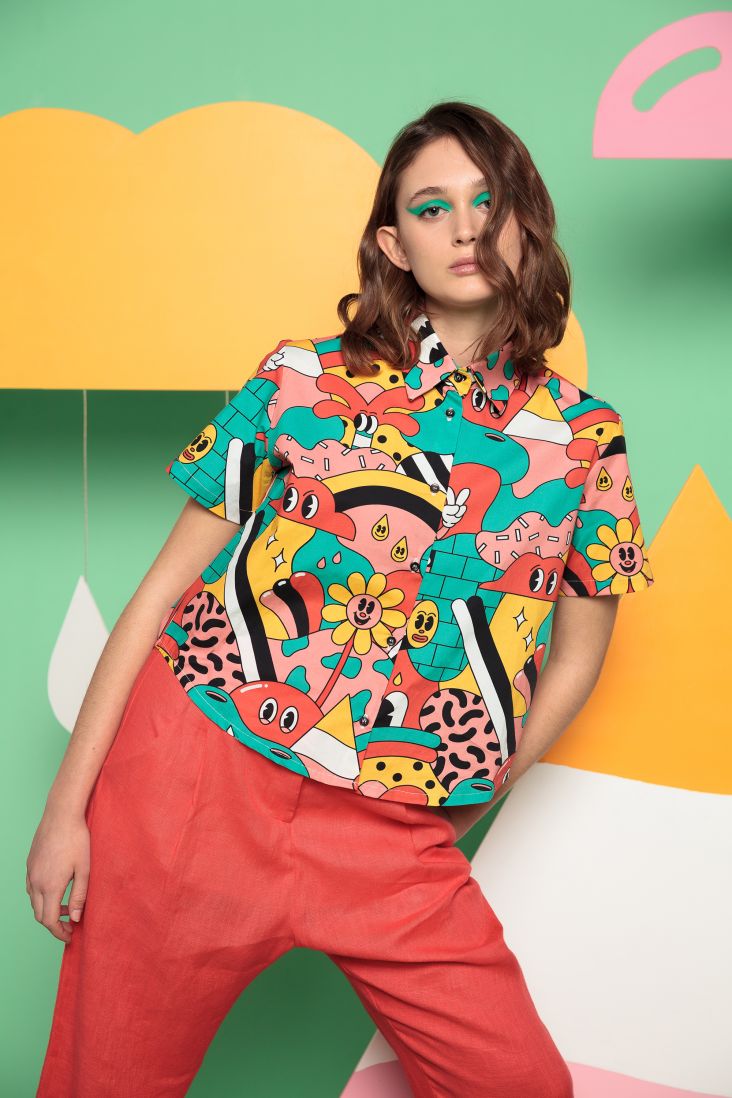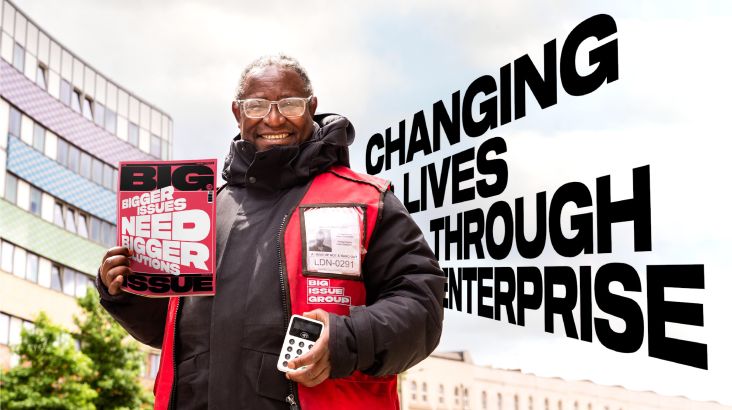Nude photo series recaptures the spirit of the original Glastonbury
Recapturing the freedom and liberation of the original festival scene, artist Tom Hunter's Glastonbury portraits are a welcome antidote to sanitised TV coverage.
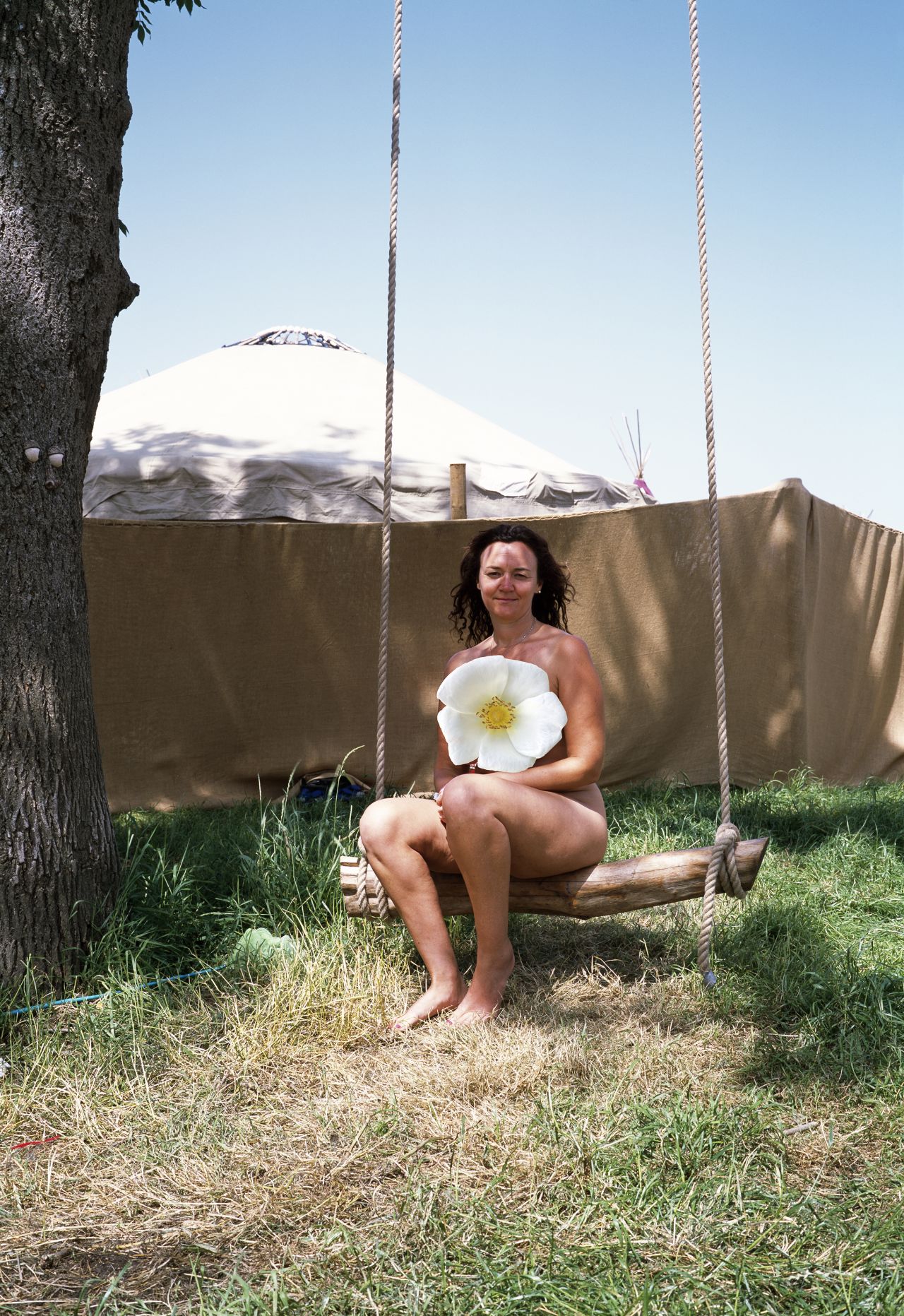
From the series, Where Have All The Flowers Gone © Tom Hunter
Right now, hundreds of thousands of music fans are descending on Worthy Farm in Pilton, Somerset, for the Glastonbury Festival. What started life in 1970 as a small free festival for hippie freaks has now become part of Britain's 'summer season' as Ascot, Wimbledon, and the Chelsea Flower Show.
Over the weekend, millions of TV viewers will enjoy live coverage of performances by the likes of Kendrick Lamar, Paul McCartney and Pet Shop Boys – and some may assume that's all there is to the festival nowadays. But those who actually make it in person will discover that away from the main stages, there's a whole world of creative anarchy that keeps the spirit of the original festival alive. And that spirit is clearly embodied in a new exhibition of portraits taken at Glastonbury by award-winning artist Tom Hunter, inspired by his mum's photos of the Isle of Wight festival in the late 1960s.
In the summers of 2017 and 2019, artist Tom Hunter set up a makeshift photo booth at the Glastonbury Festival. In the spirit of the first 'Summer of Love' in the late 1960s, Hunter asked the festival-goers to reimagine the liberation of that era and embrace the freedom of going naked.
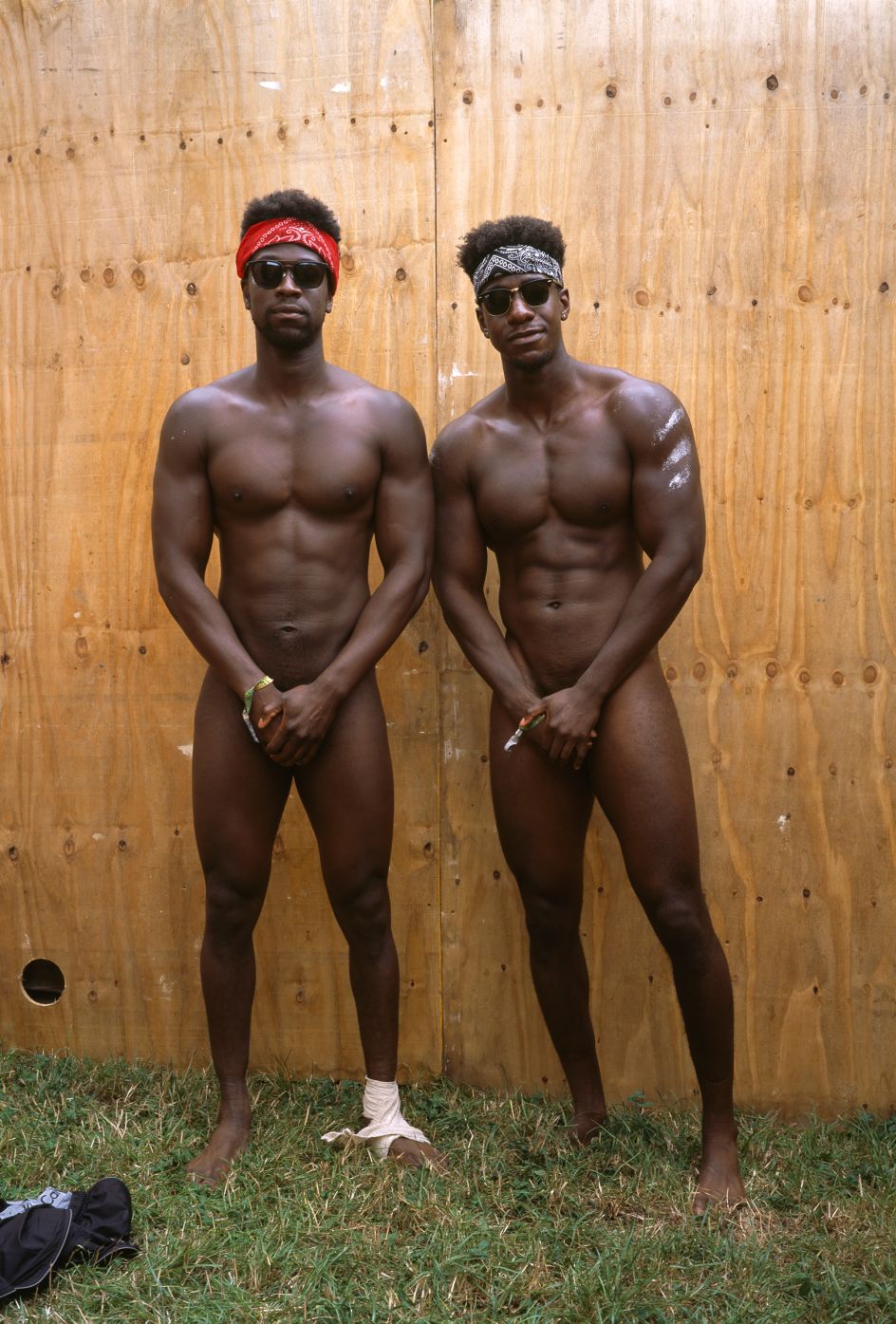
From the series, Where Have All The Flowers Gone © Tom Hunter
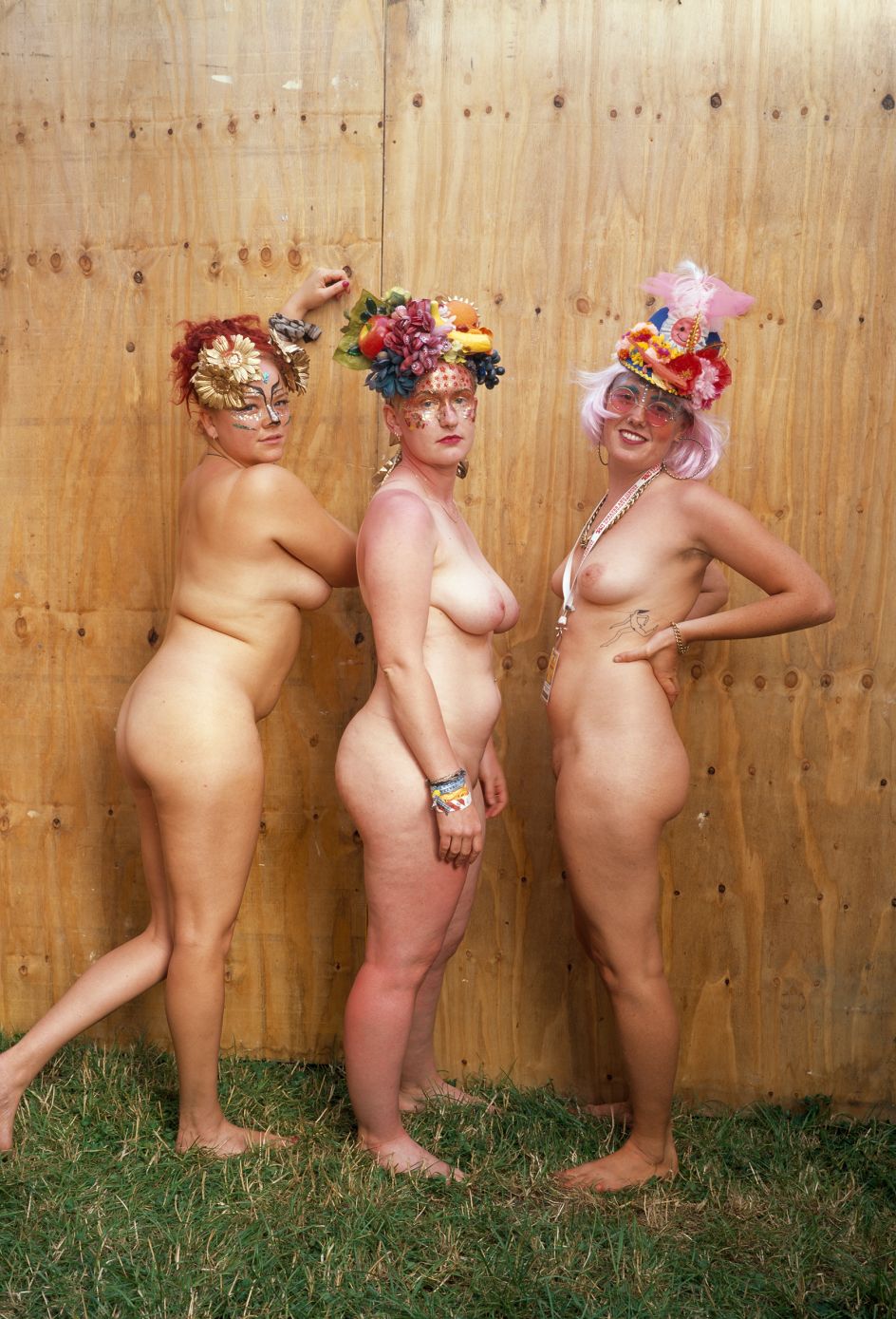
From the series, Where Have All The Flowers Gone © Tom Hunter
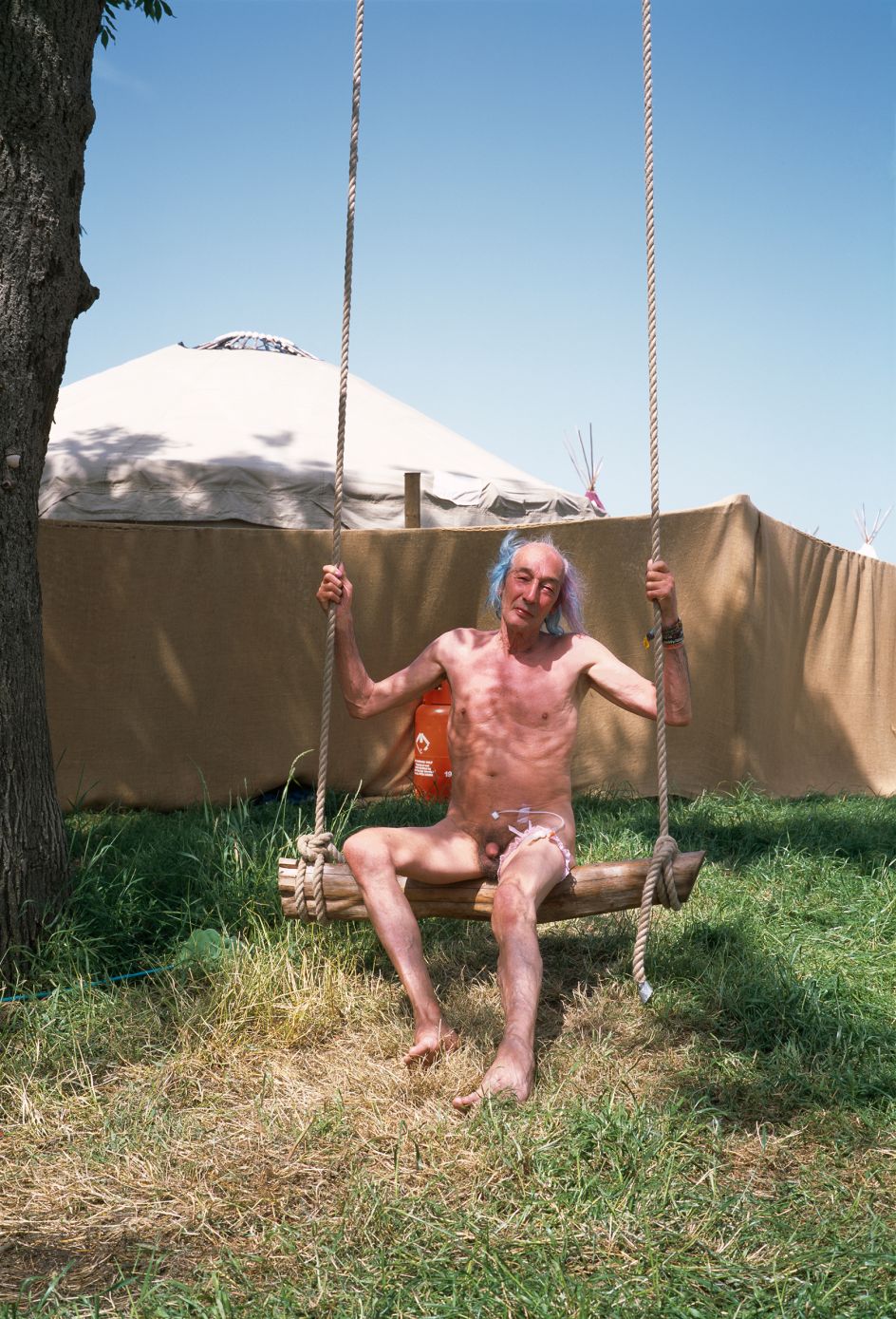
From the series, Where Have All The Flowers Gone © Tom Hunter
The photo booth was constructed of MDF sheets, and Hunter used a medium format film camera in the classical tradition of the 19th-century portrait photographers. In 2017, he was based in the Shangri-La field and was assisted by Hanna Wiebe, who ventured into the crowds to invite participants to the booth.
Two years later, he returned with Claire Loussouam to portray those who frequented the Lost Horizon sauna, a nudist area in the Green Fields of the festival. This time, in keeping with the project's ethos, Hunter and Loussouam went naked themselves.
A selection of the resulting portraits will go on display today in the exhibition Where Have All The Flowers Gone at Martin Parr Foundation in Bristol. Meanwhile, Tom will return to Glastonbury Festival once more this weekend and shoot a new series of portraits which will be incorporated into the exhibition, which runs until 10 July.
This series was inspired by photographs taken by Tom's mum, Sheelagh Hunter, on a Box Brownie – a selection of which will be included in the exhibition – and her stories of the Isle of Wight Festival in 1970. Hunter aimed to create a contemporary vision of today's festival culture whilst evoking a nostalgic, historical view of early 70s festivals.
"I've never made photographs naked before," Tom explains. "But it had to be done in the Lost Horizons sauna field, where everyone else was naked. It would have been unnatural to be wearing clothes. The only drawback was the harsh Somerset sun, which meant no mad dogs and English men at midday."
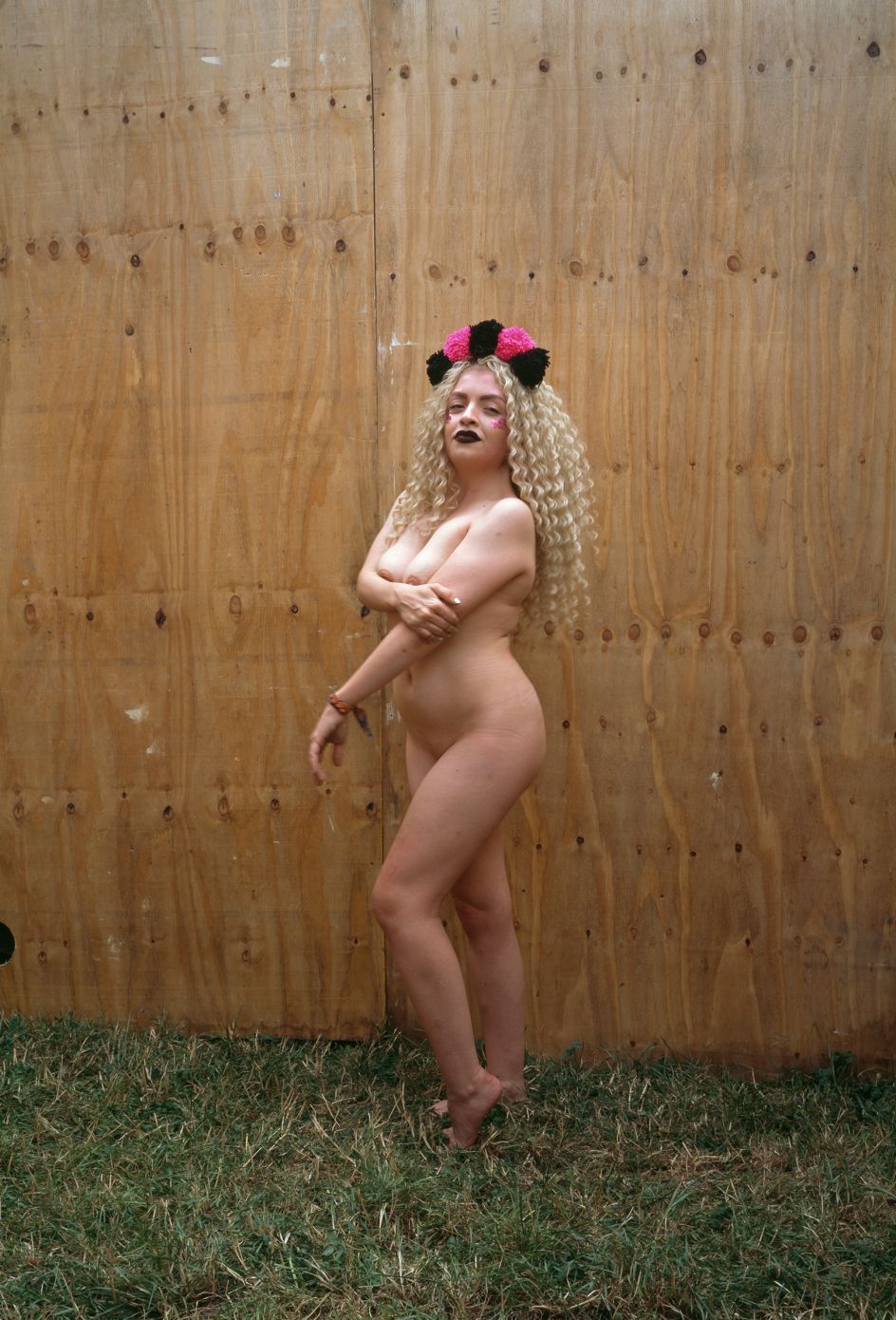
From the series, Where Have All The Flowers Gone © Tom Hunter
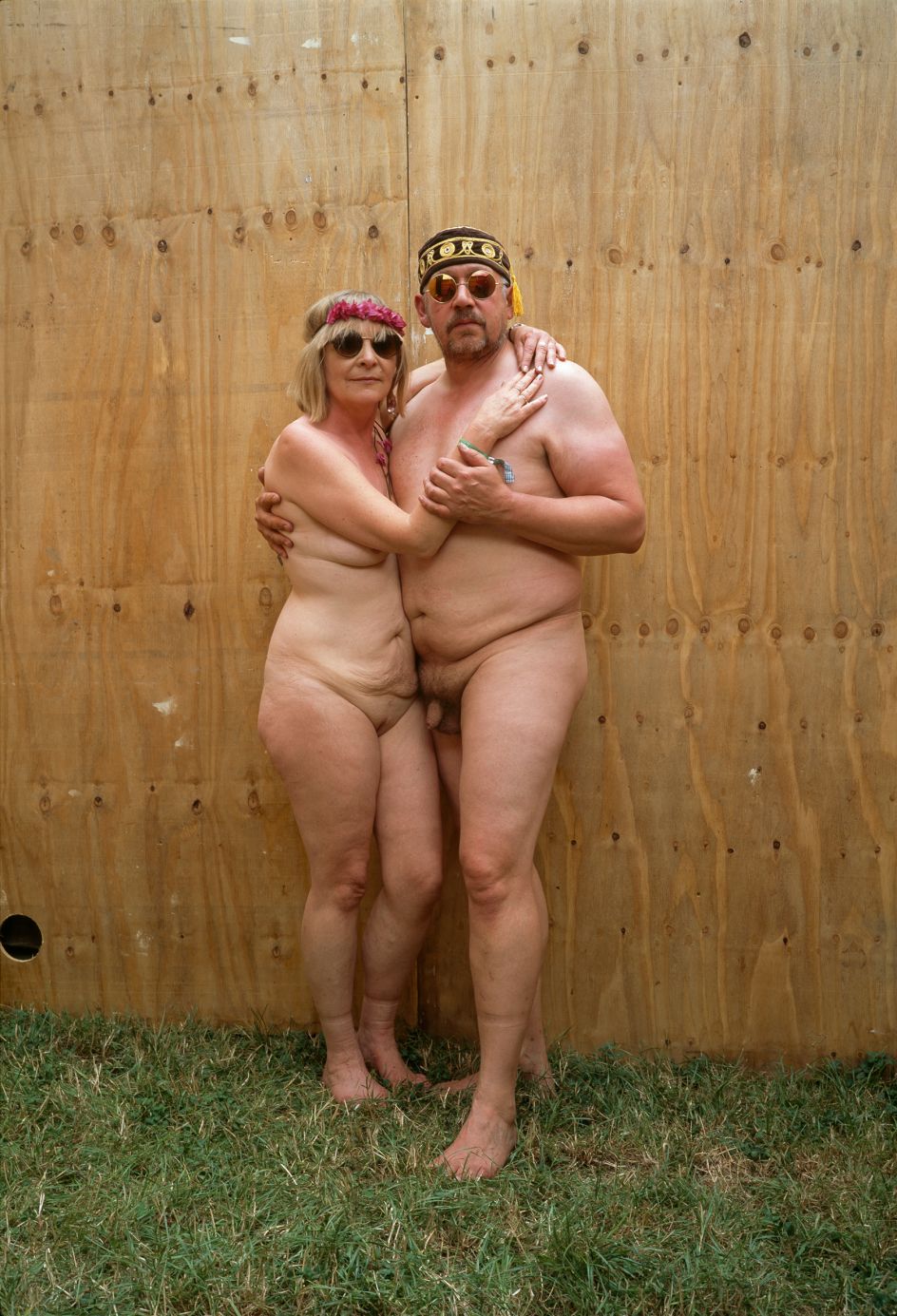
From the series, Where Have All The Flowers Gone © Tom Hunter
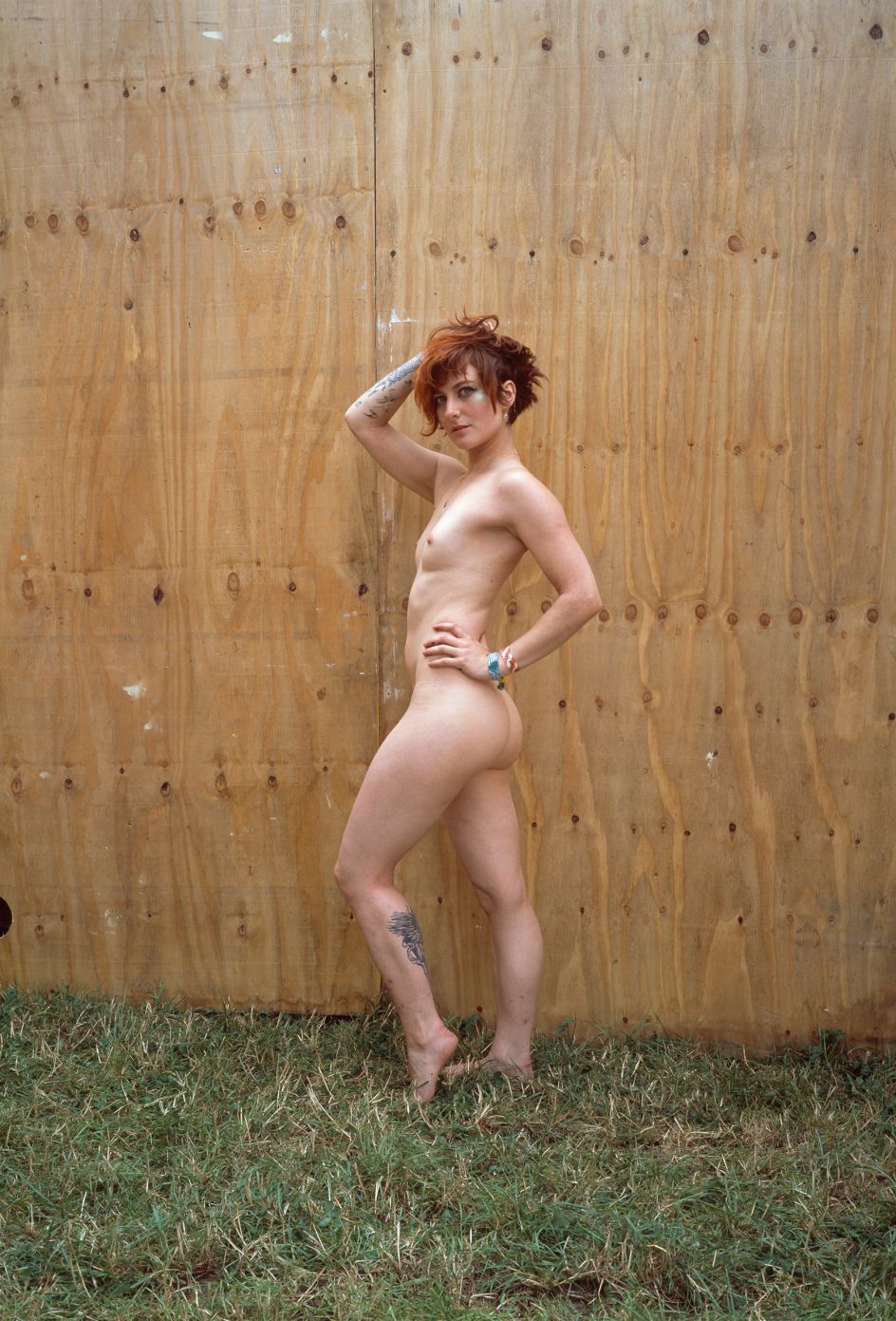
From the series, Where Have All The Flowers Gone © Tom Hunter
Photographer Martin Parr says: "We've seen many photographs taken at Glastonbury Festival over the years, but none as memorable as Tom Hunter's nude portraits. They are literally quite revealing, but also convey a great sense of dignity, pride and joy in those they depict."
The exhibition is one in a long line of shows by the Dorset-born artist, known for his social documentary projects investigating alternative communities, contemporary music and experimental cultures in London and across Europe.
Tom's work has been exhibited nationally and internationally in major solo and group shows in the UK, USA and Sweden. He's also published eight books and has been commissioned by the Serpentine Gallery London, The Victoria and Albert Museum, the Museum of London and The Royal Shakespeare Company. And his images are in collections around the world, including MOMA New York, The V&A, Tate Modern, Smithsonian and the Los Angles County Museum of Art.
Tom's work was most recently on show as part of the London exhibition, Vanished East End, Documentary Photography from the '70s & '80s. Meanwhile, the latest book to feature his photography is Another Country, British Documentary Photography Since 1945, by Gerry Badger, published this May by Thames & Hudson.
A great read for anyone interested in the history of photography, it's a comprehensive overview of how photographers and photo artists have depicted Britain and British society over the last 70 years.
Where Have All The Flowers Gone opens today at the Martin Parr Foundation, Printworks, Arnos Vale, Bristol, and runs until 10 July. A book of the first year of the project was published in 2017 by Hartmann Projects, accompanied by text and images by Hunter's parents.
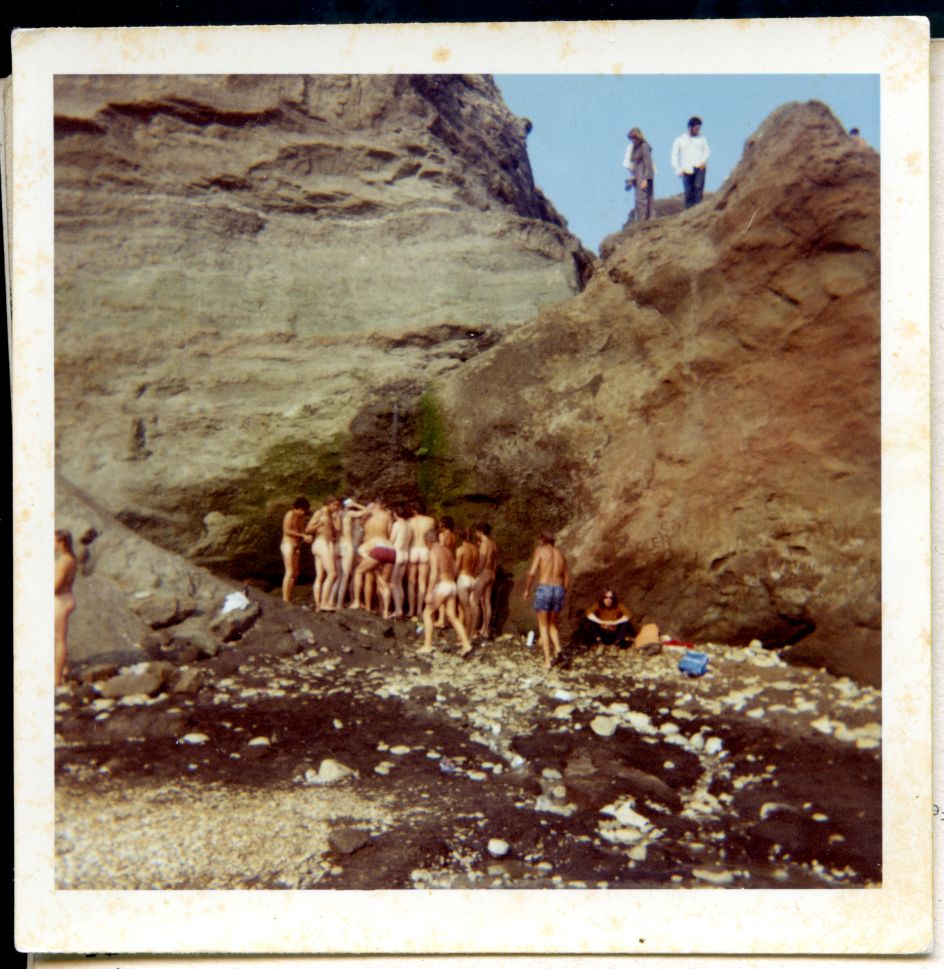
Isle of White Festival © Sheelagh Hunter
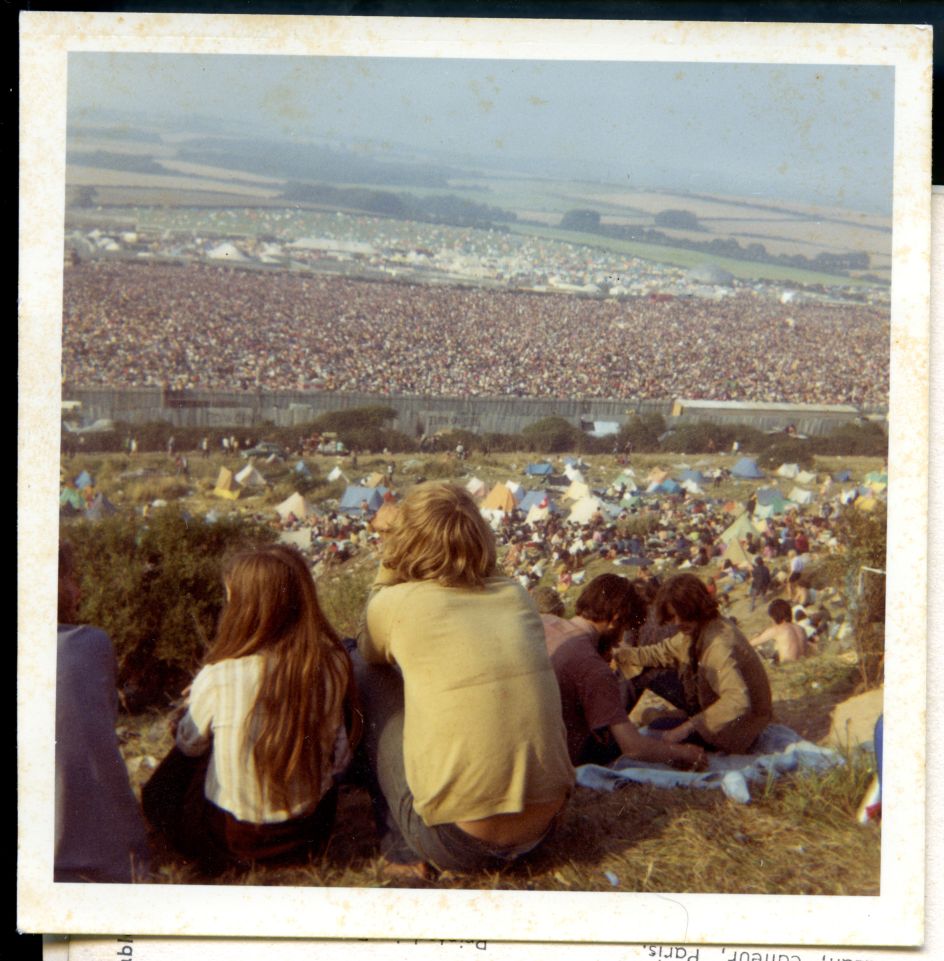
Isle of White Festival 1970 © Sheelagh Hunter




 by Tüpokompanii](https://www.creativeboom.com/upload/articles/58/58684538770fb5b428dc1882f7a732f153500153_732.jpg)

 using <a href="https://www.ohnotype.co/fonts/obviously" target="_blank">Obviously</a> by Oh No Type Co., Art Director, Brand & Creative—Spotify](https://www.creativeboom.com/upload/articles/6e/6ed31eddc26fa563f213fc76d6993dab9231ffe4_732.jpg)









